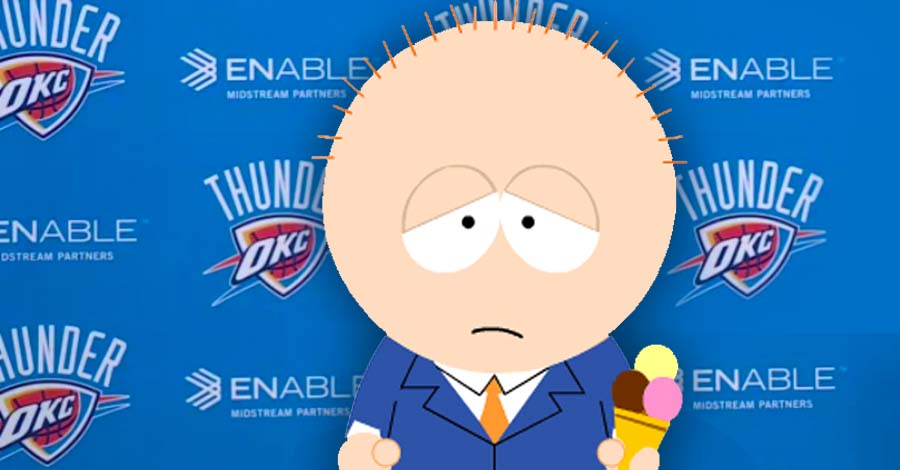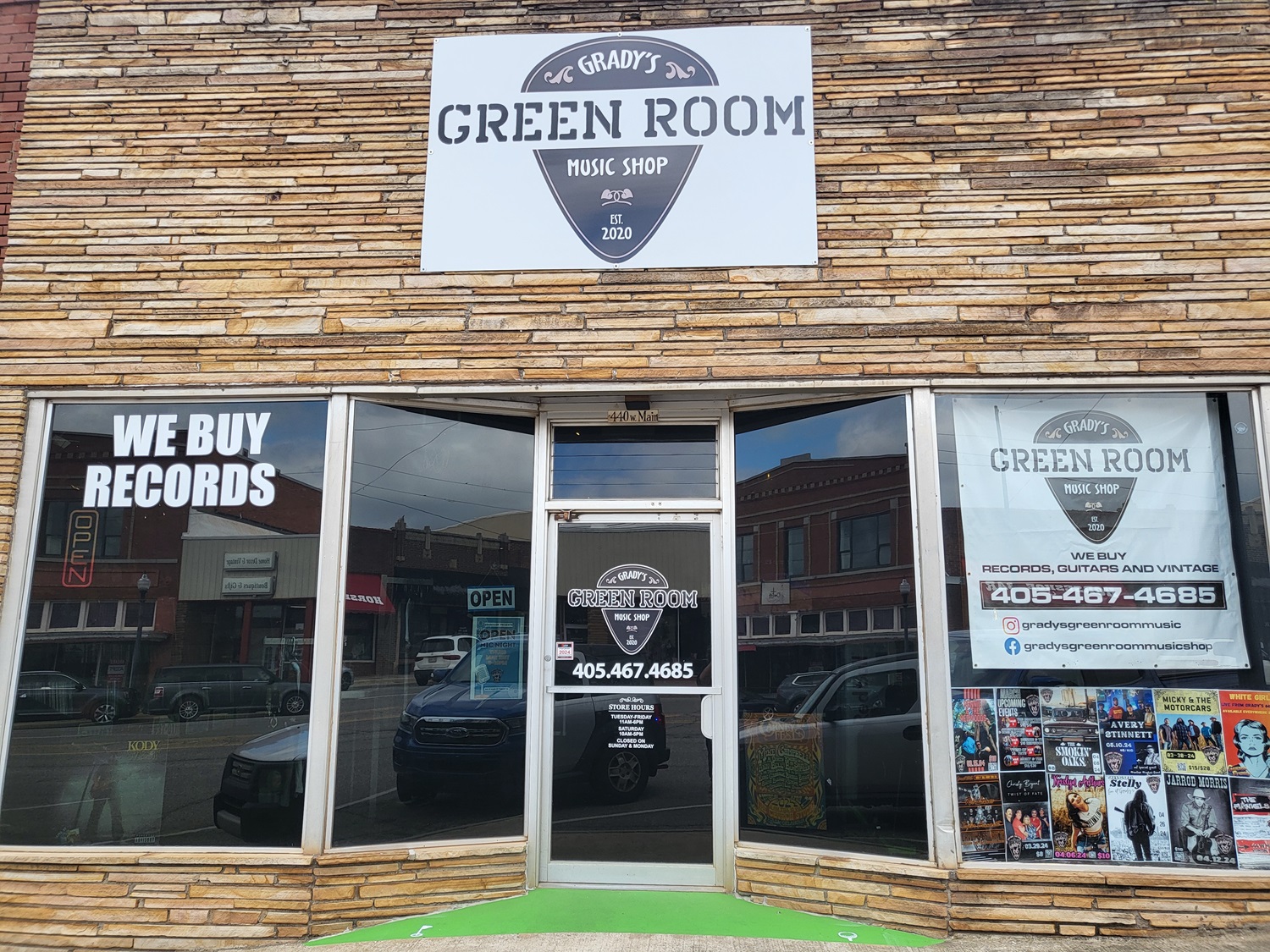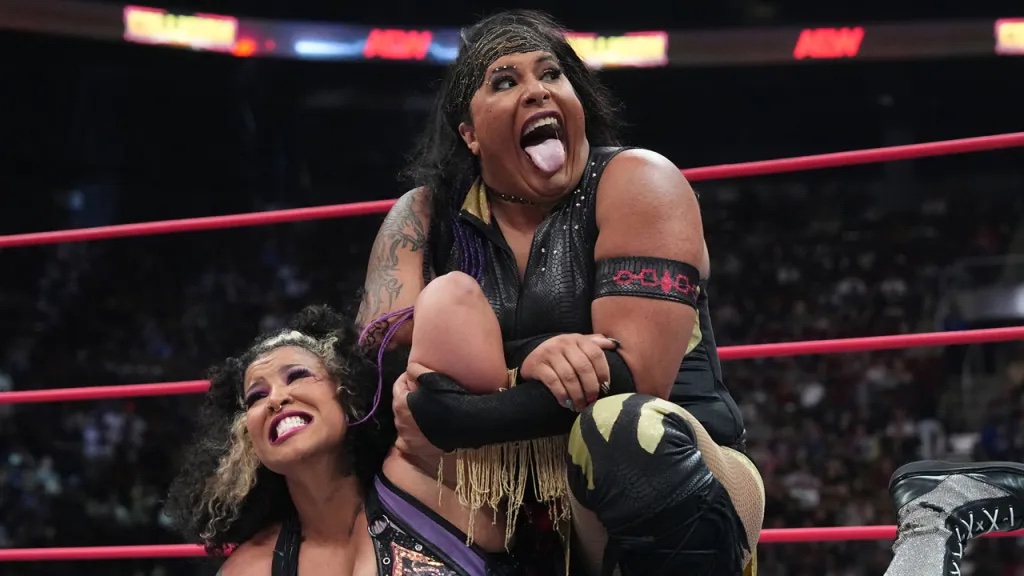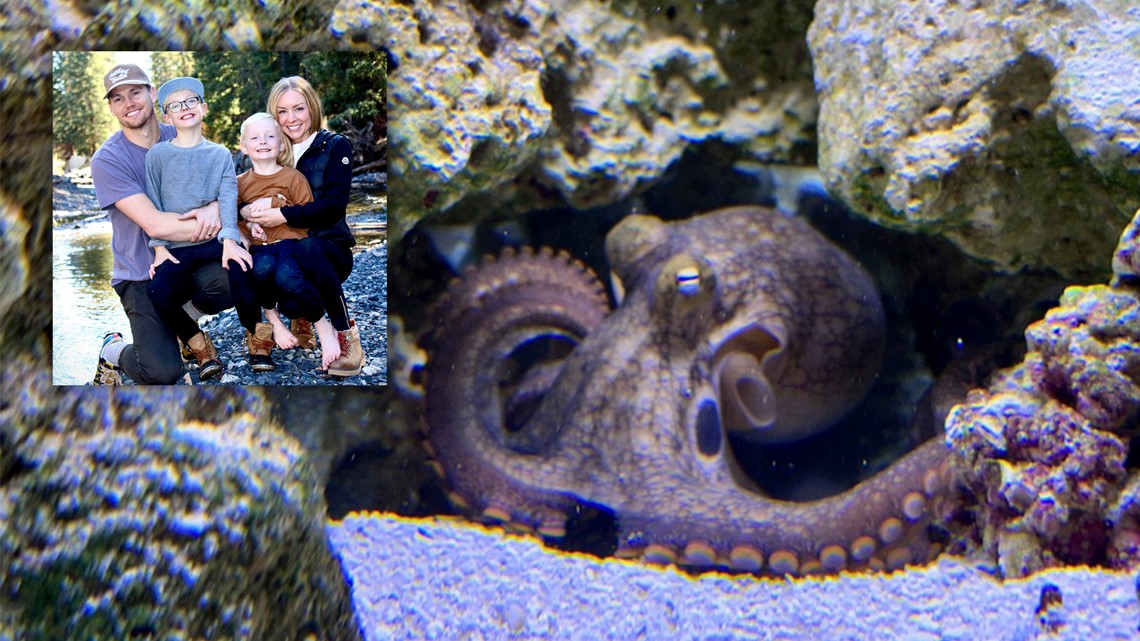Peace, Love and Thunderstanding: The Process

When Sam Presti was hired by the Seattle Supersonics on June 7, 2007, by the new Oklahoma-based ownership of the team, his first action made an immediate mark. In a draft-night trade with the Boston Celtics, Presti shipped Ray Allen, the face of the franchise, out of town. In return, he got Wally Szerbiak, Delonte West, and a draft pick that would be used to take Jeff Green. Only Green remained with the franchise beyond the next draft. This was not equal value for a future hall of famer that helped the Celtics win a championship that very next season.
It may have been the best deal Presti has ever engineered.
Being a mediocre team is poison in the NBA. Good teams get to make playoff appearances and compete for championships. Bad teams get the first dibs on incoming rookies that could help them become a good team. Mediocrity only breeds more mediocrity.
Going into what turned out to be their final season in Seattle, the Supersonics were a middling team. Two seasons before, they had made noise by winning the Northwest Division and making it to the second round of the playoffs. That success was not duplicated. Thanks to some injuries to Ray Allen, the team had bottomed out in the 2007 season and through the fate of the lottery had landed the second pick overall.
The team was at a crossroads. Option #1 was the safe option, the route that would satisfy the fans in the short-term, possibly please the electorate enough to approve stadium funding to keep the team in Seattle. That course would have meant selecting Kevin Durant with the second pick, giving Rashard Lewis a max contract to keep him with the team, and hoping that Allen had enough in the tank to continue carrying the team. That was a comfortable team, featuring names well known in the community, with enough hope from the big draft pick, but little else in the way of opportunity to improve.
Presti took the road less traveled by. He broke up the team and enacted a plan that Sam Hinkie would later facsimile and brand as “The Process.” A year later, the Sonics had fled Seattle. The team that landed in Oklahoma City looked nothing like what Presti had inherited. Only seven players that were contracted by the team at Presti’s welcome were still with the team. Most of those would be gone within the next year, and by the time the young GM’s vision was realized with a trip to the NBA Finals, only one (Nick Collison) remained.
Everyone should agree that the Thunder are currently in a second iteration of The Process. By comparing the current state of the team to the steps Presti took the first attempt, it might help us as fans to determine what is coming next for the team, and when we can hope for good results again.
GENESIS
While the kickoff of the Sonics rebuild is easy to determine, finding the starting point of the current rebuild is murky. Trading away Ray Allen and allowing Rashard Lewis to leave for Orlando was an instant tear down of the franchise. They were bad enough the next season to again land in the top-4 of the draft where Presti selected another future MVP in Russell Westbrook.
For the Thunder, the most likely start date was the Paul George trade on July 10, 2019. That was the day that Presti certainly began to remake the team. In that deal, seven future first-round picks came back to the team along with a promising young player (Shai Gilgeous-Alexander). Soon after, Presti jettisoned the player most synonymous with the franchise, Russell Westbrook, in return for Chris Paul and two more future firsts.
However, the team did not get any worse at that point. The 2019/20 season found the Thunder in essentially the same position they had been in with the roster built around Russ and PG. It was not until the Summer of ’20 when Presti traded most of the useful parts for roster flotsam and more draft picks that the rebuild truly reached the same starting point as in Seattle.
The bad news there is that we have only seen the first season in what could be a long process.
THE FOUNDATION
It’s hard to believe that Sam Presti looked at his initial roster and singled in on reserve big man Nick Collison as the guy who could bridge the generations. Yet, in the 2012 NBA Finals, he was the only player whose acquisition by the franchise came from the previous administration. And by then, he wasn’t playing much at all.
There are a couple of players who could be foundational pieces of this team’s next iteration. The first, profiled last week, is recent max contract haver Shai Gilgeous-Alexander. The only real question regarding Shai is whether he can truly be the best player on a championship contender, or if his longer-term role is to be a secondary star. There is some hope through his progression that it could be the former, but should he plateau, his presence could be a hindrance to the team moving forward. Essentially, he might make the team too good to get in a position to draft a star he needs as a running mate. This is why there was some concern that his name coming up in trade talks before the draft. I was on record as believing it was just a gauge to see if the picks were even actually for sale, but afraid it meant he was expendable if it meant bringing in a potential star for a longer-term rebuild.
Another candidate to remain long-term is undrafted free agent Lu Dort. Dort, who has started even when he was officially a member of the Oklahoma City Blue, has the most team-friendly contract in the NBA. That said, he too could be a casualty of being too good for a bad team. The defensive ferocity and developing offensive game that he brings to the table could either be a foundational piece to a future Thunder contender, or an attractive trade chip.
Darius Bazley, preparing to begin his third season, is the longest tenured player currently on the Thunder roster. He remains a young player with promise, but he needs to show marked improvement if he is going to be a core player moving forward.
YOUTH MOVEMENT
The early years of the Presti era were characterized by the collection of promising young players. Much has been made of him drafting a future league MVP in each of his first three drafts. That was only the beginning of his asset collection. During those first three years, he also drafted Jeff Green and Serge Ibaka who would become valuable pieces during the team’s rise. In addition, he traded for players like Eric Maynor and Thabo Sefolosha who grew into useful role players. Presti tried to sign C.J. Miles whose contract was matched by the Jazz, and then did sign Shaun Livingston, a young player whose career was thought to be lost to injury and revitalized his career (Livingston went on to be a rotation player for the Warrior dynasty).
Of course, sprinkled into that menagerie of prospects were plenty of players that never panned out, such as DJ White, Cole Aldrich, Byron Mullens, et cetera.
Oklahoma City’s current roster is sprinkled with plenty of promising players. Determining which could be future MVPs versus which will be totally out of the league in three years is something only time will tell. Josh Giddey and Alexsej Pokucevski are the players with the highest expectations and capability of being future stars (though MVP-caliber seems farfetched). Meanwhile, guys like Tre Mann, Theo Maledon, and even Ty Jerome have the capability to develop into useful role player types.
Based on the behavior of Presti during the 2021 draft, though, I believe the team is behind the last rebuild in youth collection. He did not seem enamored with the options in front of him and chose to trade away rather than trade up, which suggests that he preferred taking his chances on future prospects as opposed to using his assets to stock up now. He has plenty of draft picks with which to gather those players.
VETERAN PRESENCE
Once Presti stocked up on the young’uns, he made a point of keeping cerebral veterans on the roster as their mentors. During the re-build, Presti acquired players like Etan Thomas, Malik Rose, Kevin Ollie, Royal Ivey, and Nazr Mohammed which were generally looked at as wasted roster spots. Their purpose was to teach professionalism to the young core, though. It is not an accident that so many former Thunder players are now coaches or front office professionals.
Going into the 2022 season, the players who fit that profile are Mike Muscala and Derrick Favors, two guys who project to play a lot of minutes. As the team begins to move away from the rebuild and toward competing, expect the veteran player/coaches to have more background roles that are only called upon with injuries.
BIG SWINGS
The point where the OKC Thunder first announced that they were going all in on competing was the Kendrick Perkins trade. Having lived through the Big Perk years where many in the fandom wished him away, it is often forgotten that this was a huge deal meant to fill the team’s biggest perceived need. This was symbolized by the forfeiture of one of the young core assets, Jeff Green, to make it happen. This happened on February 24, 2011, which was in the fourth year of the rebuild process.
A pessimist will look at that time frame and realize we are probably about three years from even considering making a splash to solidify the product on the floor. An optimist will look at the Tyson Chandler trade that nearly happened in year 2 of the rebuild as proof that Presti will try to make something happen if the opportunity arises. A realist will tell you that the Perkins deal only came as soon as it did because the young core gelled much quicker than anyone imagined.
Stay in touch
Sign up for our free newsletter




